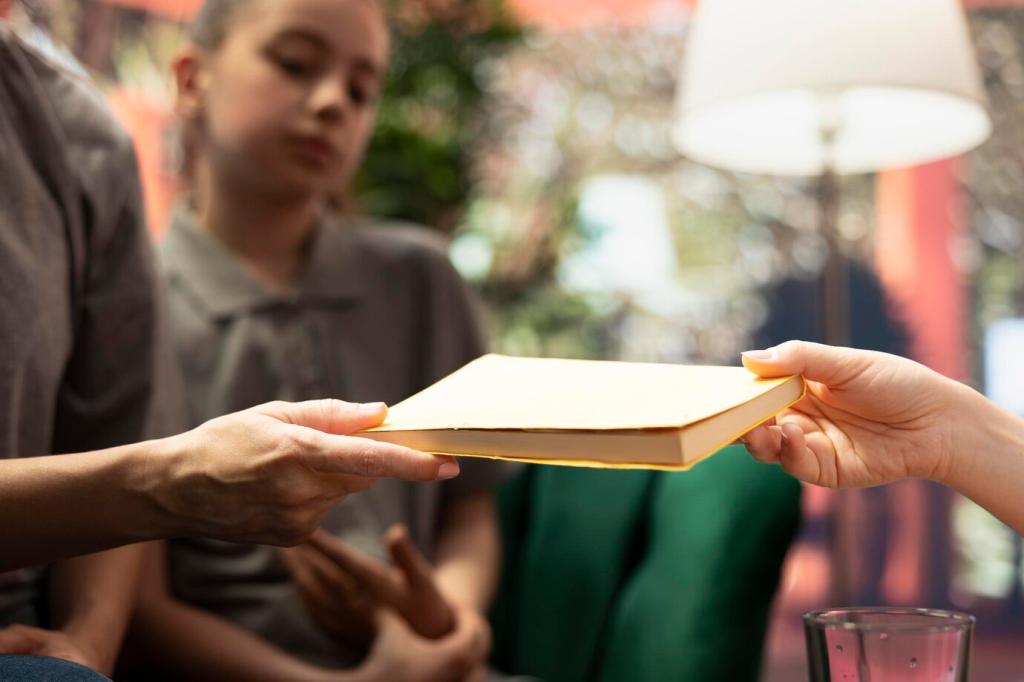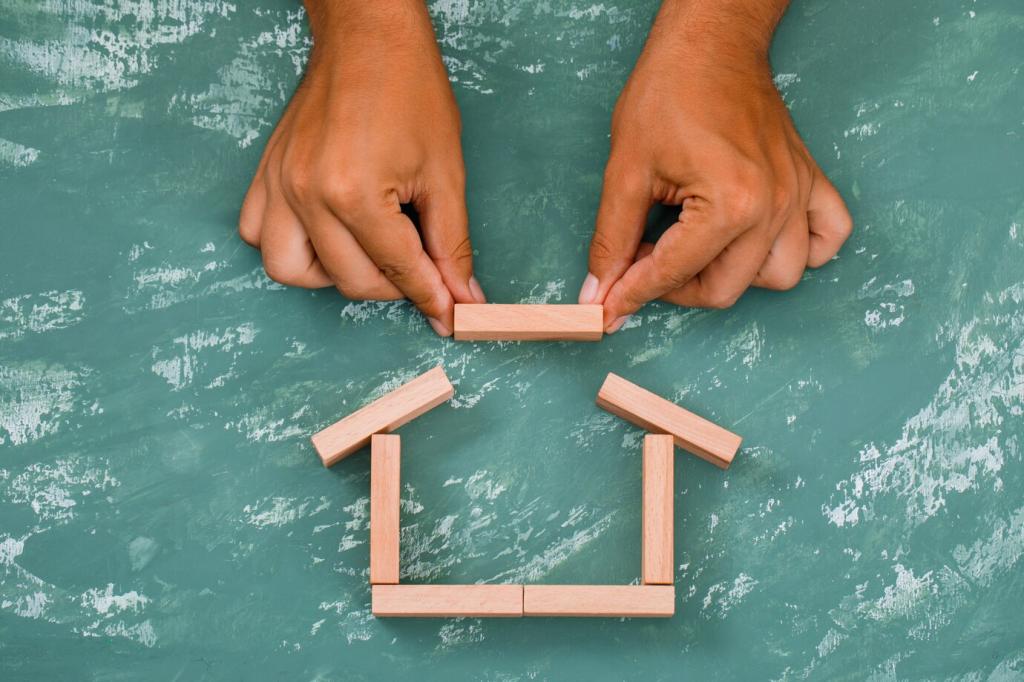Mixed Materials: Metal, Leather, and Textiles
Brass and iron hardware can corrode in damp pockets, especially inside drawers with acidic off-gassing papers. Maintain moderate humidity, ventilate gently, use buffered tissue, and inspect under escutcheons and along screw heads for early signs of tarnish or rust.
Mixed Materials: Metal, Leather, and Textiles
Leather seats prefer moderate humidity and gentle, infrequent conditioning with conservation-grade products. Avoid heavy oils and harsh cleaners. A reader rescued a brittle armchair by stabilizing humidity first, then conditioning lightly—proof that climate comes before cosmetics.
Mixed Materials: Metal, Leather, and Textiles
Wool and cotton attract moths and mold when damp or dusty. Vacuum with a screen, store clean, and monitor humidity to deter growth. If infestation appears, pause DIY fixes and consult professionals—freezing protocols and controlled environments protect fibers safely.
Mixed Materials: Metal, Leather, and Textiles
Lorem ipsum dolor sit amet, consectetur adipiscing elit. Ut elit tellus, luctus nec ullamcorper mattis, pulvinar dapibus leo.







